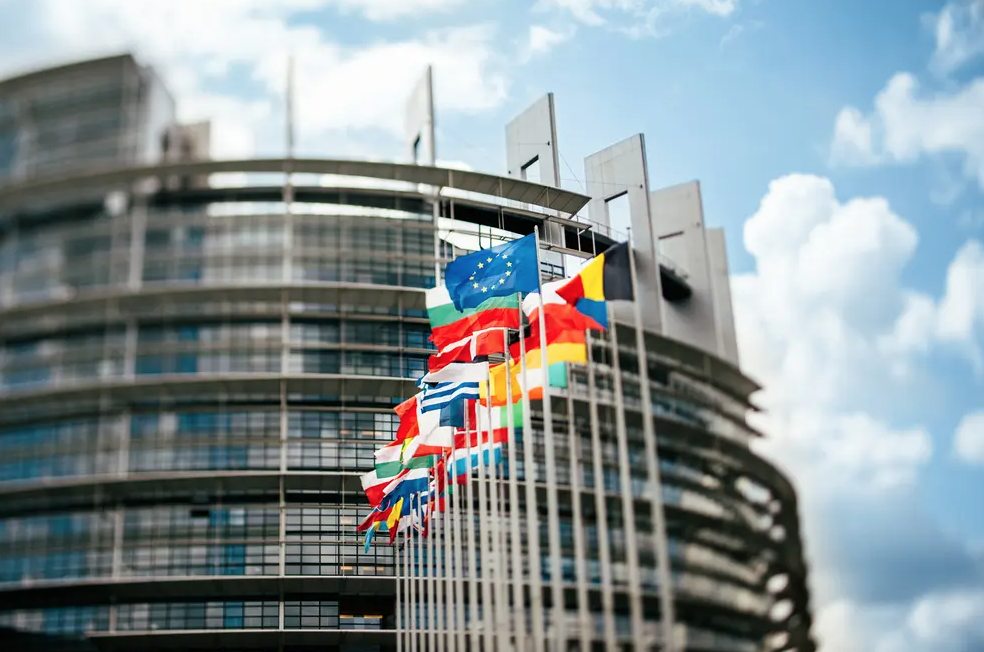On 27 June, the Restoration Law is back in the Environment Committee. Then the plenary
(sustainabilityenvironment.com) – One by one, with the ball in the middle. The first round of Meps debate on the Restoration Law, a piece of legislation aimed at reversing habitat loss in Europe, came to a close yesterday. Despite the European People’s Party’s (EPP) best efforts, the Environment Committee vote resulted in a tie with 44 votes each for and against the EU Commission plan. It indicates that the assault on the status quo has temporarily failed. Because the report that would have returned the text to its sender was defeated, the members of the European Parliament were forced to vote on each amendment.
A marathon of hours was insufficient to complete the list of amendments, thus the matter will be decided at the upcoming Environment Committee meeting on June 27. After that, the conflict will resume and intensify throughout the plenary. The People’s Party EPP is sure that the idea would be rejected by the entire European Parliament, but the Greens and environmentalists celebrate their success for the extra time and vow to keep fighting.
In an effort to stop the loss of biodiversity and ecological deterioration, the European Center-Right wanted to derail the idea to restore at least 20% of Europe’s degraded soils and oceans by 2030. With over 80% of habitats in very bad condition, Europe’s natural environment is actually under a lot of stress. More than two thirds of soils are polluted, and one out of every three bee and butterfly species are in decline.
Industrial farmers and their representatives in the Chamber do not agree with the proposed regulation’s objectives since it establishes rules that are not immediately enforceable, unlike the Directive. The impact on agricultural and food security is, in fact, the most frequently used defense. A letter issued before to the voting and bearing the signatures of over 3,000 scientists refutes this assertion. A letter that most likely influenced multiple undecideds.

